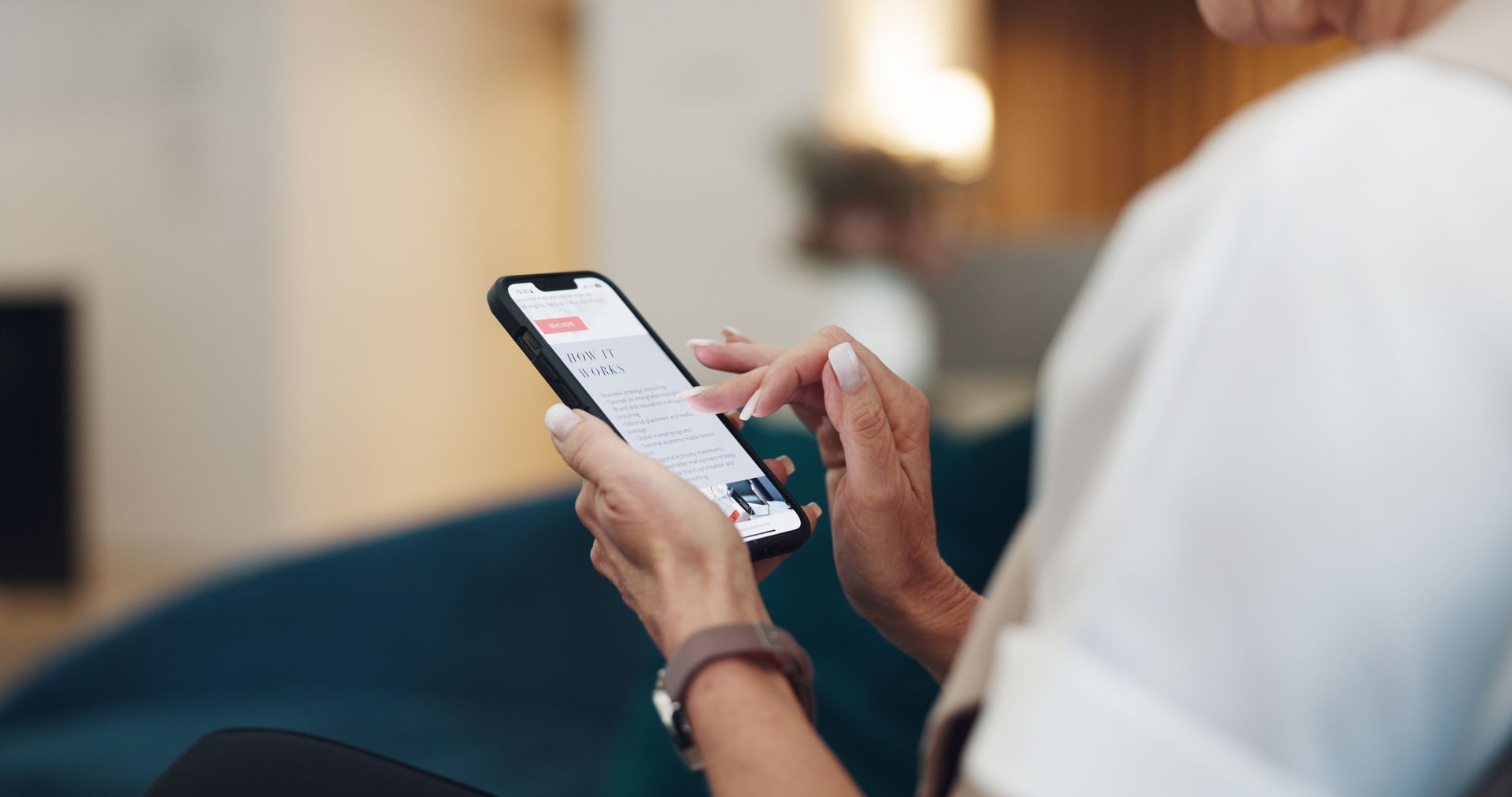Why You Need a Dedicated Paid Landing Page
One of the biggest mistakes that businesses make when investing in paid ads is neglecting to create a dedicated landing page for their campaign. Whether it’s Google, Facebook or Bing, your business will benefit massively from having a singular, targeted page that boasts the benefits of the product or service you are paying to advertise.
At
Infoserve, we are dedicated to helping your brand experience the very best from your paid campaigns, so we have crafted this simple guide on why you need a dedicated paid landing page, and how to measure its success.
What is a landing page?
A landing page is a website page that a search engine displays in response to a searcher’s query online. It is usually a dedicated page created for a specific product or service, and commonly used during paid campaigns.
This could be your home page, a specific product page or a bespoke page that links to your website but doesn’t exist there outside of your paid campaign.
Paid landing page objectives
The objective of a landing page is to persuade visitors to convert with as little distraction as possible.
With a paid landing page, this becomes even more important. This is because you are paying for every visitor that clicks on your ad, so you want them to engage and complete your desired action without going elsewhere.
But let’s dig a little bit deeper into why a paid landing page is so necessary for paid campaigns:
Why you need a paid landing page

1/ To create focus
Paid landing pages are designed to reduce clutter and drive focus towards a specific goal. This includes removing menu and service options, and any ads you might have attached to your main website.
This makes it much easier for your visitor to complete your goal and therefore convert into a customer.
2/ To aid results analysis
When there is a singular conversion point on your website, it is far easier to analyse results and search for ways to improve your user’s journey on the page.
If they have clicked on your ad then you know they are interested in your product or service. However, you may have missed a trick with layout, design or even copy.
When your page is simple and focussed, you can more swiftly identify which of these you need to update to create resonance with your audience.
3/ Create a specific path to conversion
Targeted landing pages create a path to conversion for a single product or service.
They allow the space and ability to drive a single conversion point in a way your main website might not. It removes distractions that may take users away from the main page.
This could be a single call to action (CTA) button, or form fill that appears on the page. This way, they don’t need to follow additional links or faff around on your website to find what they’re looking for.
Paid landing pages also provide an easier route for your customers through the conversion tunnel; from awareness to consideration to desire to action.
4/ Easier to map user behaviour for optimisation
When you have a single point of focus for a paid campaign, it can be easier to map user behaviour.
We would recommend attaching analytics tools such as
Ahrefs to your landing page because this shows exactly how a user travels across your page. It can track the position and movements of your visitor’s mouse and display this as ‘heat mapping’ and ‘click mapping’:
- Heat Mapping software shows the position of a user's mouse, including where they have hovered. This can show you if they have considered converting, or focussed on a specific area of the page
- Click Mapping allows you to see the areas of the page where a user has clicked
Both of these can tell you where a visitor’s focus is drawn to on the page, allowing you to optimise those areas to push them towards conversion more efficiently.
5/ Higher conversion rate
When you invest in a paid campaign, you’ll want to see the highest ROI possible. Without focus, it can feel like you’re throwing money at a wall.
In 2021,
Search Engine Journal found that “the average
click-through rate across all industries sat at 3.17%.”
This might seem a little low for an advert you’ve paid for, but there are ways you can boost conversion across your landing page. For more information, take a look at our
10 landing page tips to boost conversions.

How to measure landing page success
Your landing page should have a single point of conversion that is tracked through your chosen analytics platform. The success rate of this landing page should be your sole measure of success, however there are ways that you can optimise your landing page for higher ROI.
Pay attention to the following metrics:
1/ Bounce rate:
Customers clicking onto your landing page and immediately closing the window.
2/ Session duration:
The amount of time users spend on your landing page.
3/ Touch points:
Where your visitors have clicked on the website. Is this to complete your form fill? Are they clicking on your logo to explore the rest of your website?
4/ Page views:
How many people view the page? How many other pages on your website do they view - if customers are leaving your landing page to explore your website, then it might not be focussed towards your desired goal.
Not sure where to start?
Infoserve wants your business to have the highest return possible on your paid campaigns. As a Google Partner one of the UK’s first Microsoft Elite Partners in advertising, we know how to boost conversions through bespoke landing pages that are tailored to your business. Our PPC team builds, manages and optimises your search visibility to drive inbound enquiries through paid ads.
For a deeper dive into what PPC entails and how you can make it work for your business, take a look at our
PPC Whitepaper.













